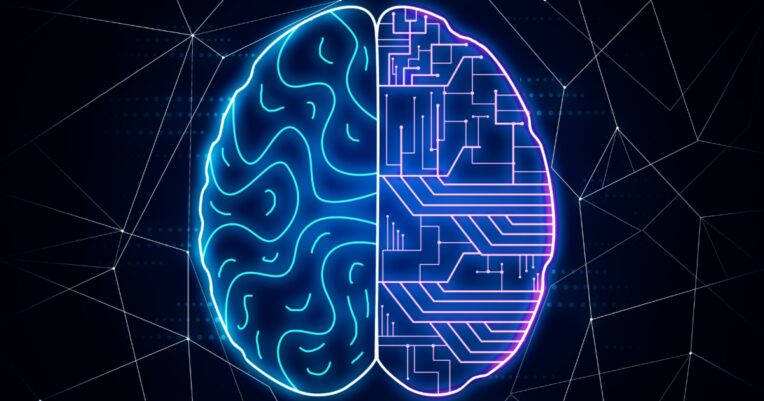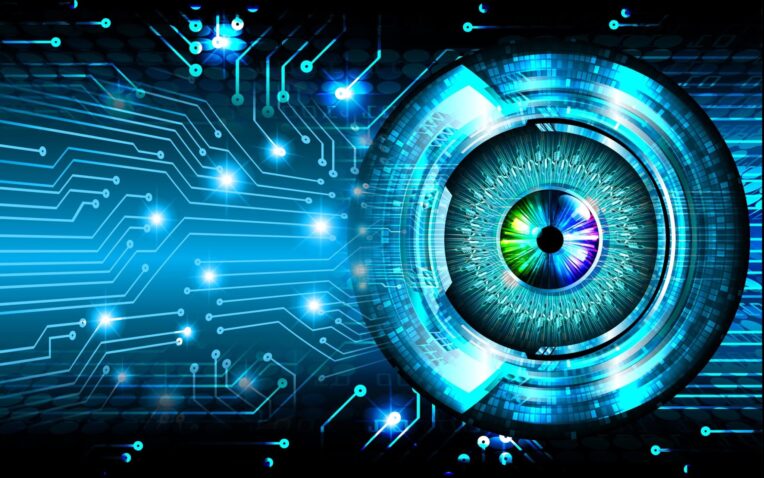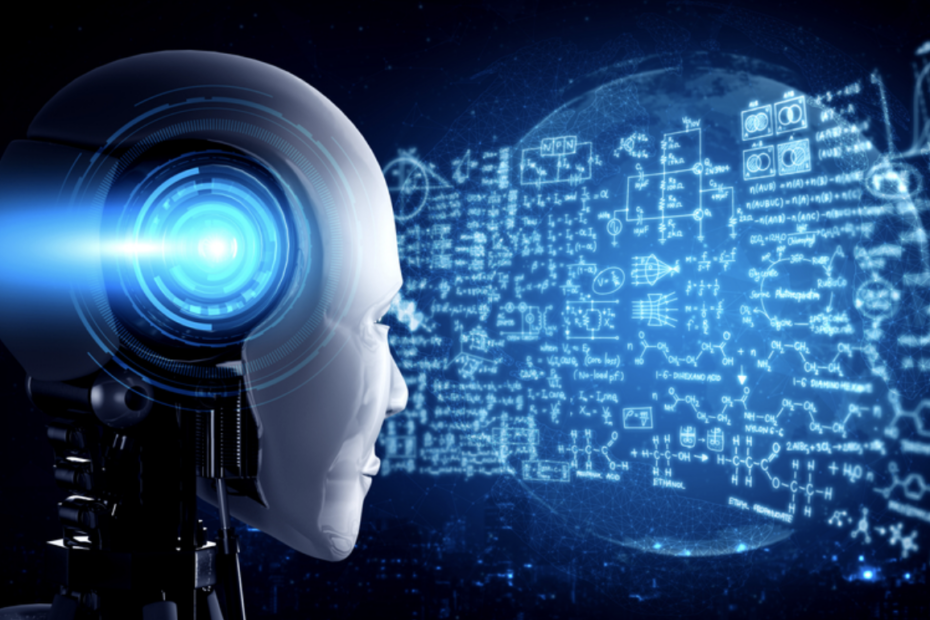Machine Learning has greatly improved Computer Vision, helping computers understand images. This progress is changing technology, impacting areas like self-driving cars and medical diagnoses.
Enrolling in a data science course with placements can equip you with the skills to harness how Machine Learning is transforming Computer Vision, enhancing your career prospects in this evolving field.
In this blog, we will delve into the synergy of Machine Learning and Computer Vision, exploring the impact of this marriage in simple and formal terms.
Understanding Computer Vision

Computer Vision allows computers to comprehend visual information from images or videos. It’s used in various applications like recognizing faces and objects, which used to be a challenging, manual process.
Machine Learning, with its ability to learn from data and improve over time, has transformed the field of Computer Vision. Here’s how:
- Image Classification: ML algorithms can be trained to recognize objects within images. For example, image recognition systems can classify images of animals, vehicles, or everyday objects with remarkable accuracy.
- Object Detection: ML models can identify and locate specific objects within images or video streams. This is crucial in various applications, including security surveillance and self-driving cars.
- Semantic Segmentation: ML can segment an image into various regions and assign semantic meaning to each region. This is vital in understanding complex scenes, such as medical imaging and autonomous navigation.
- Facial Recognition: Facial recognition systems are powered by ML algorithms that can identify and authenticate individuals, making them essential for security and user authentication.
The Role of Deep Learning

Deep Learning, a subset of Machine Learning, has been particularly transformative in Computer Vision. Convolutional Neural Networks (CNNs), a type of deep learning architecture, have demonstrated exceptional prowess in visual recognition tasks. CNNs are inspired by the human visual system, using multiple layers to extract hierarchical features from images.
The Impact in Various Industries
- Autonomous Vehicles: Machine Learning enables vehicles to perceive their surroundings, and identify pedestrians, other vehicles, and road signs. This technology is pivotal for self-driving cars.
- Healthcare: Computer Vision and ML assist in medical image analysis, helping to detect diseases, tumors, and anomalies in X-rays, MRIs, and CT scans with precision and speed.
- Retail: ML-driven Computer Vision can improve inventory management, optimize shelf space, and enhance the customer shopping experience with features like automated checkout.
- Security: Facial recognition systems use ML algorithms to enhance security by identifying and verifying individuals in real time, reducing the risk of unauthorized access.
Challenges and Limitations

While Machine Learning and Computer Vision have achieved remarkable feats, they are not without challenges. Some limitations and concerns include:
- Data Quality: ML models depend on large and diverse datasets for training. Poor-quality or biased data can lead to inaccurate results.
- Interpretability: Deep Learning models can be complex, making it challenging to understand their decision-making processes, especially in critical applications like healthcare.
- Privacy Concerns: The use of facial recognition and surveillance systems raises privacy issues and questions about data security.
- Computational Resources: Training and running sophisticated ML models can be resource-intensive, requiring powerful hardware.
Conclusion
Machine Learning combined with Computer Vision has revolutionized many industries, improving how computers understand visual data. It’s benefited areas like autonomous vehicles, healthcare, retail, security, and agriculture. Yet, challenges like data quality, privacy, and ethics must be tackled. Expect ongoing innovations for a better future.
